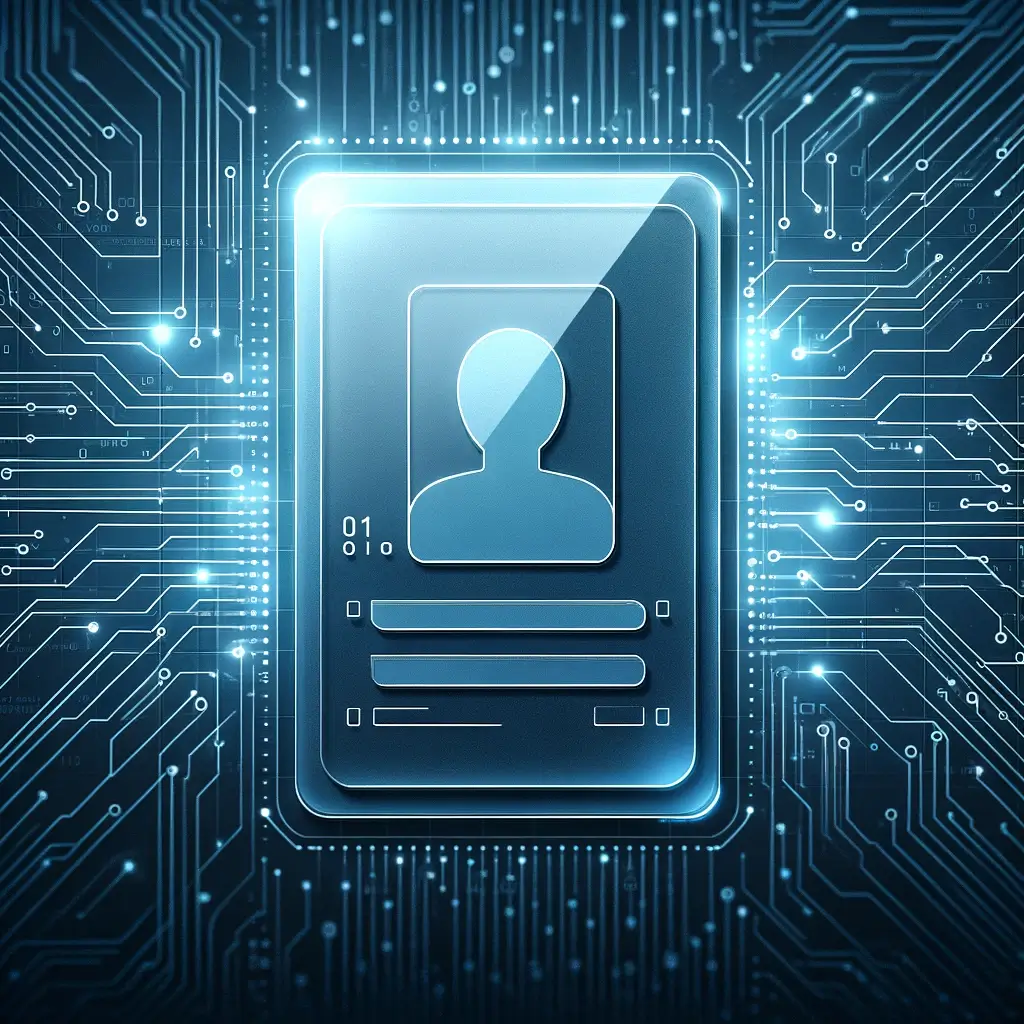Australia’s path towards instituting a national digital identity system signifies a major transition in the interaction between individuals, businesses, and both government and private sectors. The recent introduction of Digital ID laws is set to revolutionise identity verification processes, bolstering privacy and security across diverse interactions.
Understanding Digital ID
Digital ID, or digital identity, is a technological framework that enables individuals to confirm their identity electronically without the need for multiple physical documents. This system offers a streamlined approach, diminishing the need for in-person verification and the onerous collection of documents often demanded by organisations.
The Promise of Enhanced Security
The principal incentive for adopting a digital ID system in Australia is the heightened security it provides. By consolidating identity verification on a digital platform, the system reduces the risks associated with identity theft and data breaches, underscored by recent substantial breaches at companies like Optus and Medibank.
Legislative Framework and Implementation
Having been successfully enacted by the Australian parliament, the digital ID legislation delineates the system’s framework and serves as a proactive measure to limit the oversharing of personal information. Spearheaded by the government’s myGovID app, the system is presently operational for government services and is anticipated to extend to the private sectors by November 2026. A phased implementation will involve state and territory governments initially, later extending to private entities such as banks and Australia Post. The legislation also mandates businesses to offer non-digital alternatives, ensuring inclusivity for all Australians.
Funding and Government Support
The government has allocated over $1 billion to facilitate the development and rollout of the scheme, highlighting a substantial investment in modernising service interactions.
Public Reception and Concerns
Public response is varied. While many value the potential for reduced paperwork and faster processing times, concerns persist regarding privacy and potential misuse. The legislation includes stringent access controls, requiring police to secure a warrant to access digital ID information, thereby striving to balance security with privacy.
Cybersecurity Concerns and Mitigation
The centralised nature of digital ID systems introduces significant cybersecurity risks, including vulnerabilities to attacks such as hacking, phishing, ransomware, and specifically, Man-in-the-Middle (MitM) attacks. To counter these threats, robust measures such as strong encryption protocols, Multi-Factor Authentication (MFA), regular security audits, secure development practices, and public education on secure usage are imperative.
The Future Landscape
As the digital ID system is implemented, monitoring its integration across different sectors and its compatibility with existing systems like ConnectID will be vital. The success of the system depends on its seamless incorporation into daily life, offering security without compromising accessibility and privacy.
Conclusion
Australia’s digital ID system represents a significant step forward in digital governance. While it promises enhanced security and convenience, meticulous management is essential to guard against new cyber threats and fulfil the needs and expectations of all Australians. The upcoming years will be critical in shaping the perception and utilisation of digital identity across the nation, potentially establishing a benchmark for other countries contemplating similar technologies.










